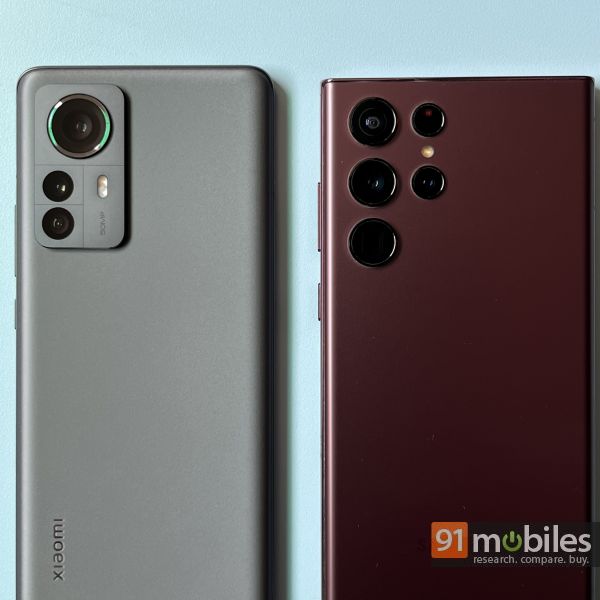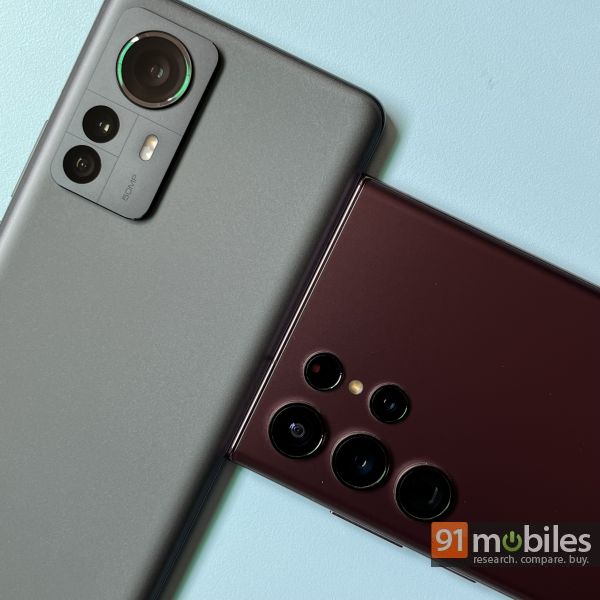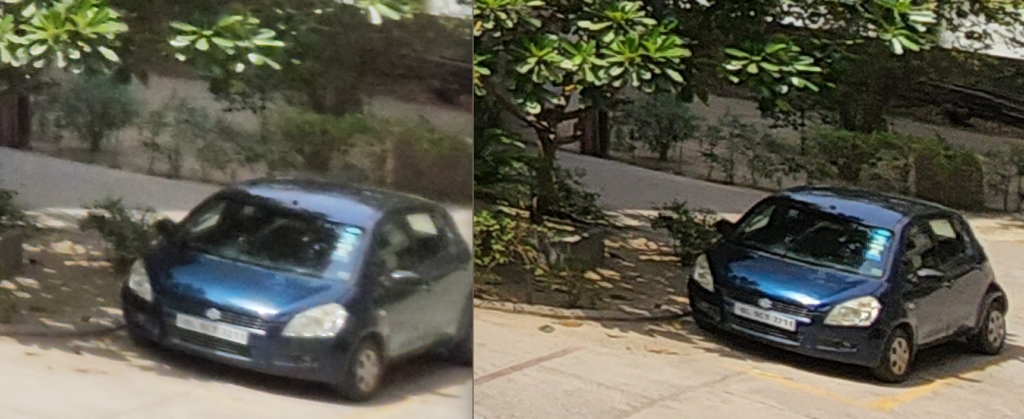
Xiaomi has been eyeing the premium smartphone segment for a hot minute and while the company has launched a slew of compelling phones, the brand’s flagships usually fall shy of Samsung’s Galaxy S range, especially in the camera department. Be that as it may, the brand recently announced the Xiaomi 12 Pro (review) which, going by the spec sheet, could give the top-dogs a run for their money. In fact, the device features a trio of 50MP sensors at the back which can seemingly click outstanding photos. This begs the question – can the Xiaomi 12 Pro go toe-to-toe with the Samsung Galaxy S22 Ultra (review)? Well, that’s what I’m here to find out. Stay with me.
Camera specs
First and foremost, let’s talk about our contenders’ camera specifications. Starting with the Samsung Galaxy S22 Ultra, the handset ships with a 108MP main sensor that works alongside a 12MP ultrawide angle sensor with a 120-degree FoV, two 10MP telephoto cameras and a 40MP selfie shooter.
The Xiaomi 12 Pro, on the other hand, features a 50MP main sensor that works alongside a 50MP ultrawide sensor with a 115-degree FoV, a 50MP telephoto unit that can optically zoom up to 2x onto the subjects and a 32MP front camera.
Daylight HDR
With the camera specs out of the way, let’s take a closer look at the imaging capabilities of the Xiaomi 12 Pro and the Samsung Galaxy S22 Ultra. Let’s kick things off with shots taken during the day from the two phones. Here, the Xiaomi 12 Pro edges in front of Samsung’s offering and the device outputs sharper, more detail-laden photos. That said, the Galaxy S22 Ultra’s images, albeit not as sharp, offer true-to-life colours.
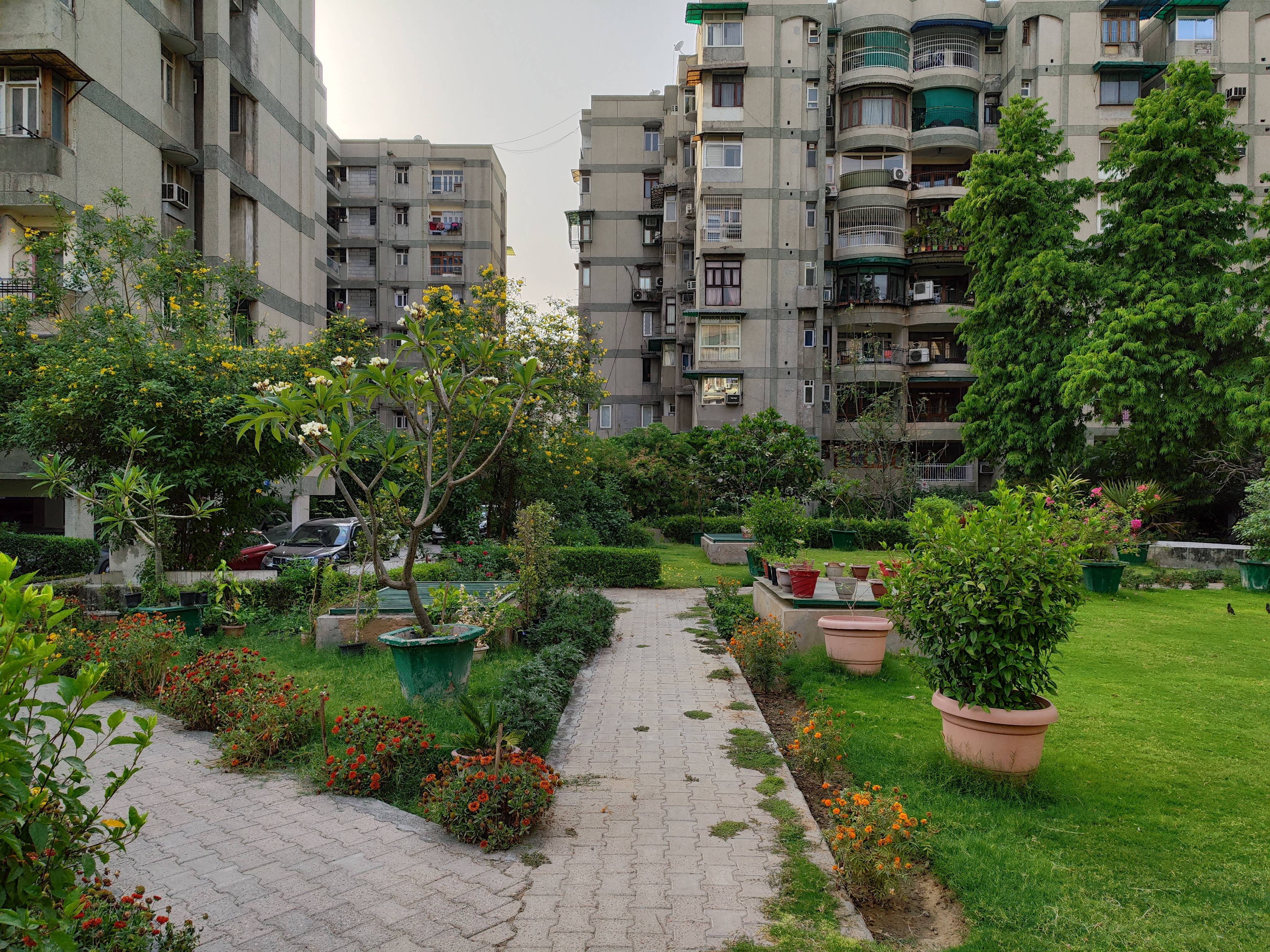
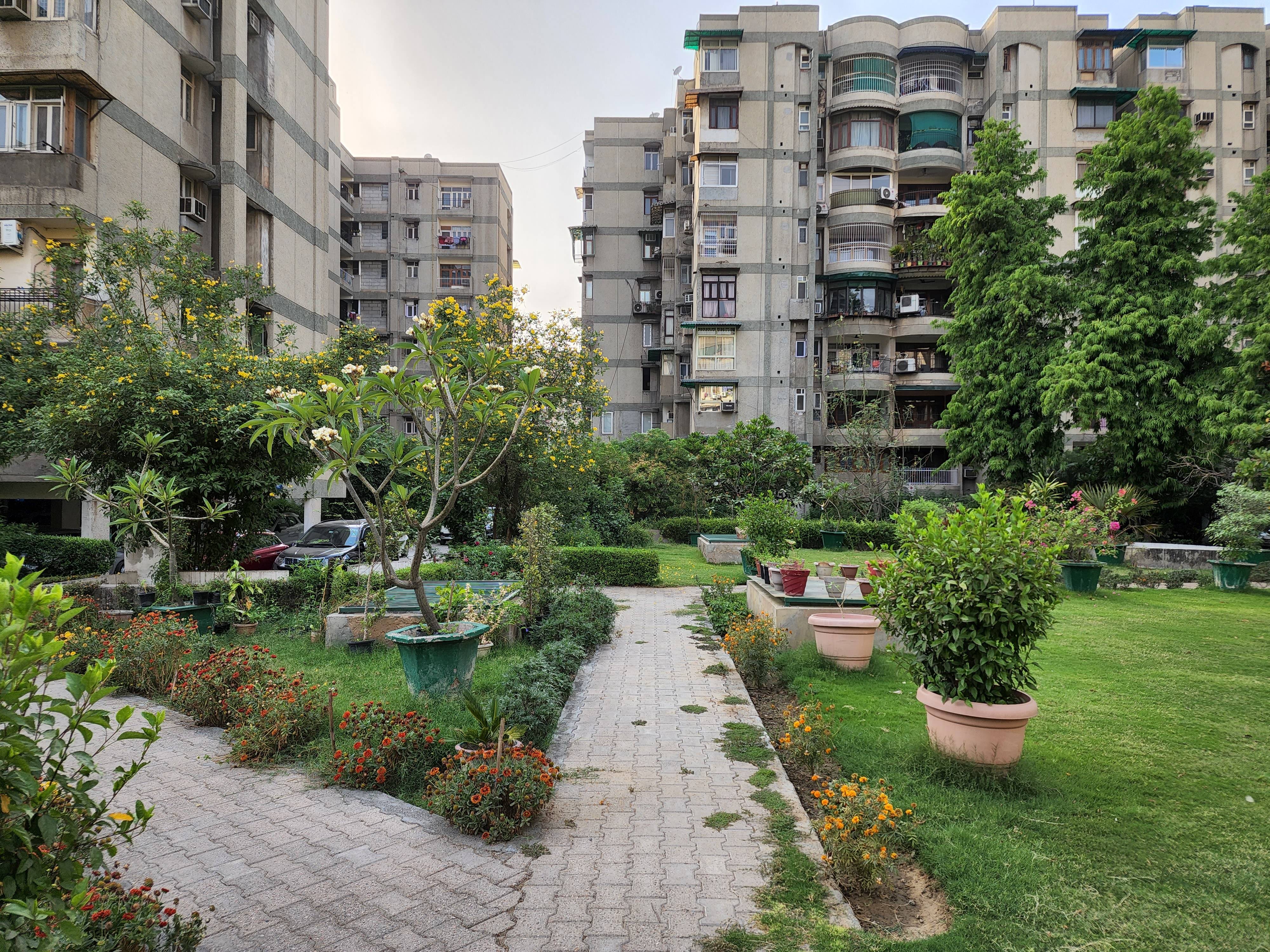
Case in point, the slider attached above wherein, the flower pots, as well as the trees positioned towards the periphery of the frame offer a sharper render in the Xiaomi 12 Pro’s snap. Admittedly, the colours are way off in the 12 Pro’s photo and it’s evident that the smartphone has spruced up the green colour of the leaves. Now, to the 12 Pro’s credit, the smartphone hasn’t crushed the shadows and despite favouring a contrast-y colour tone, you can still make out the objects positioned near the darkened bits of the composition.
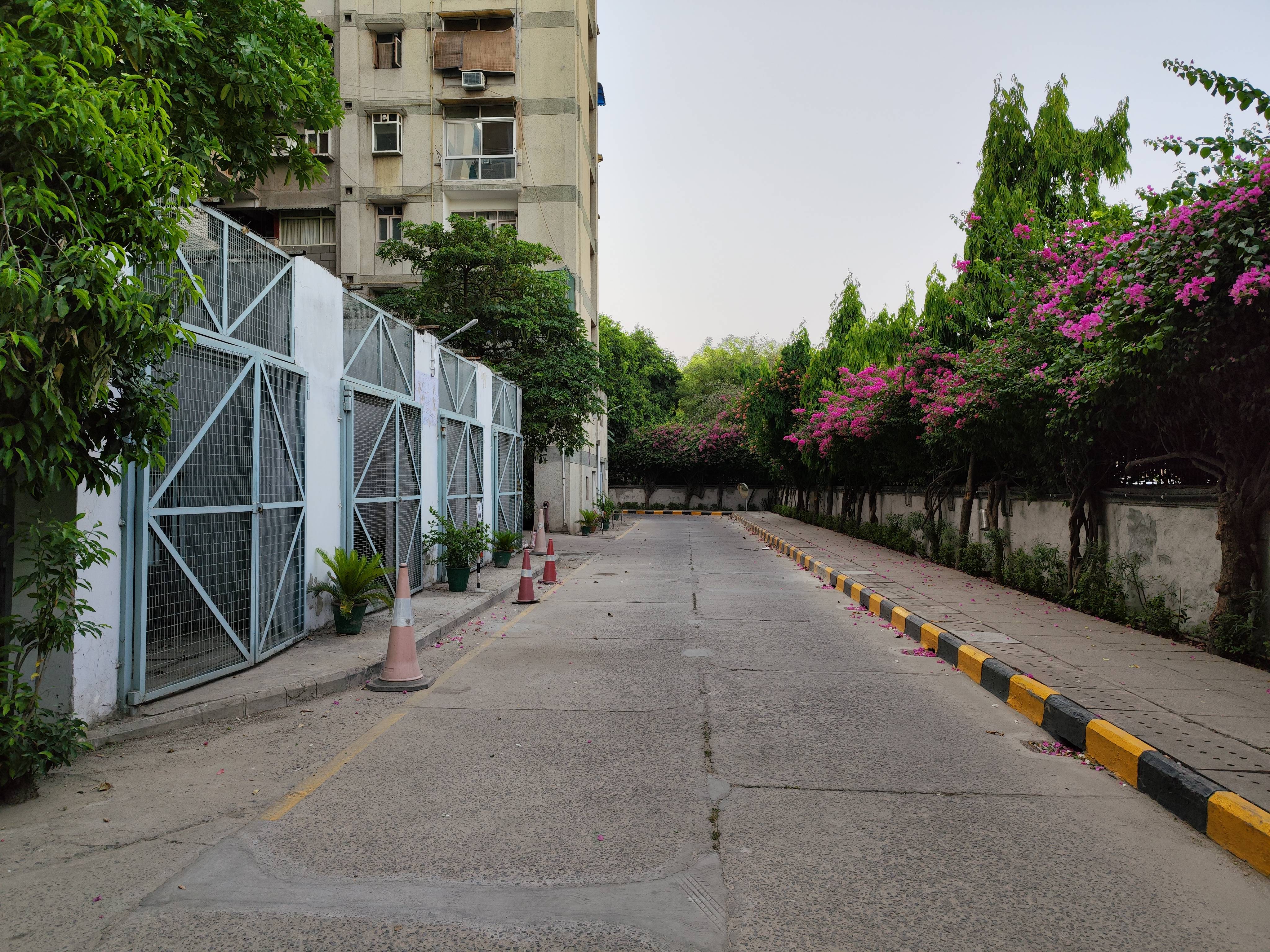
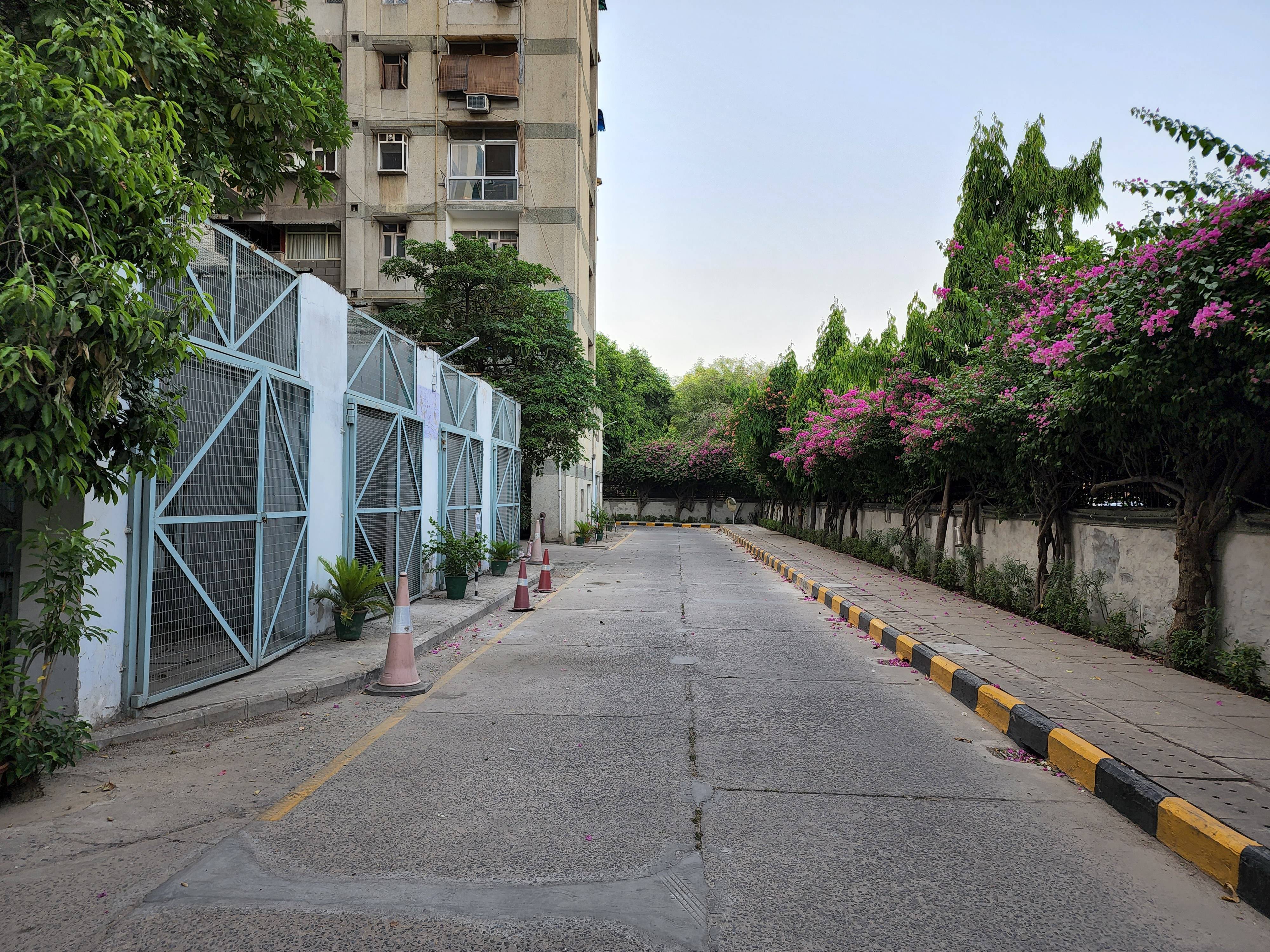
I also noticed that the Samsung Galaxy S22 Ultra’s images appeared a tad oversharpened upon zooming into the frame. As an example, if you look at the slider attached above, then here, at a 100 percent crop, the leaves towards the back of the frame appear grossly oversharpened in the S22 Ultra’s snap. On the other hand, the Xiaomi 12 Pro’s photo appears more likeable at a closer crop and the smartphone has adequately processed various elements in the frame, including the blue grill shielding the generators, as well as the leaves of the trees in the backdrop.
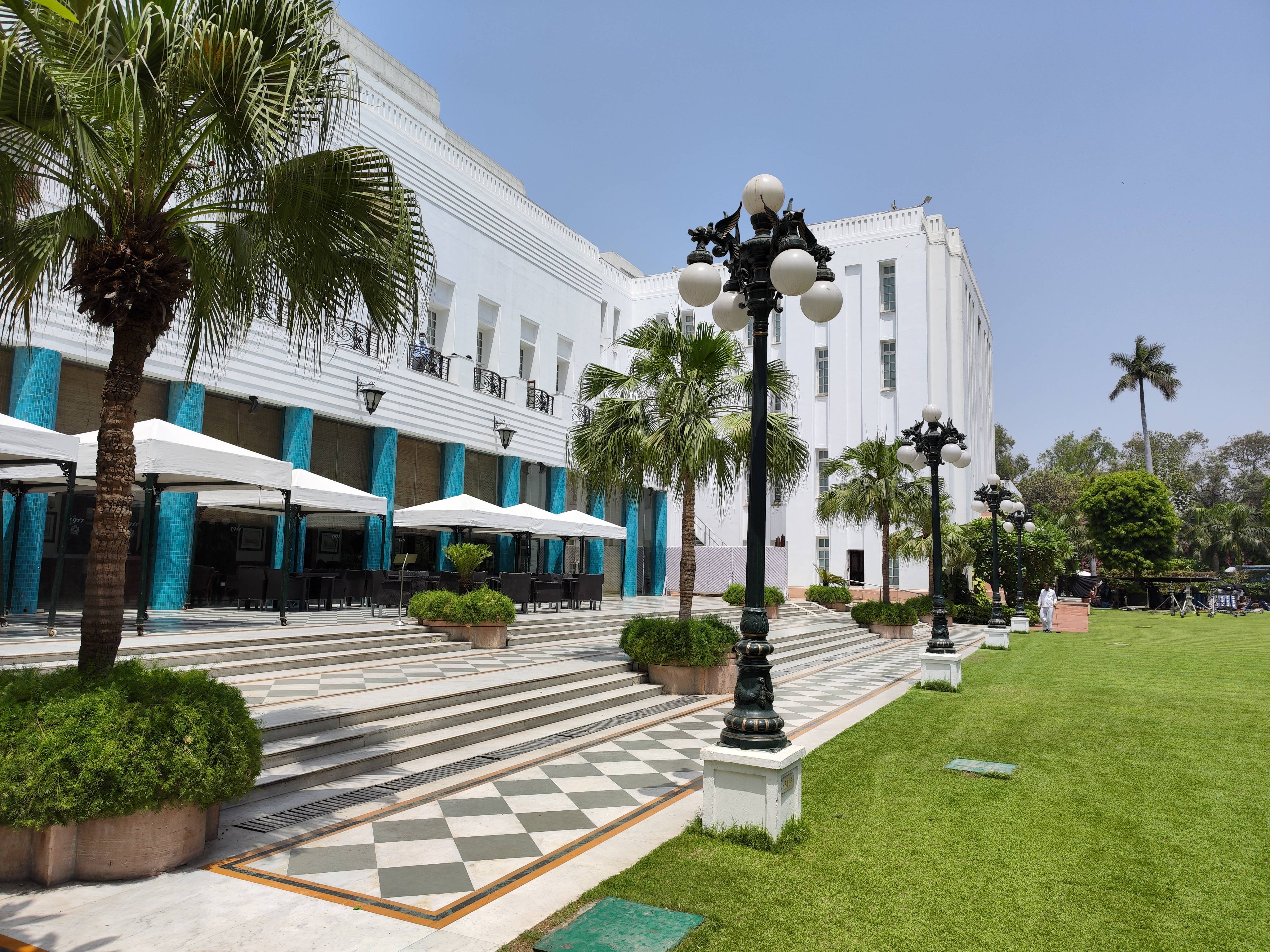
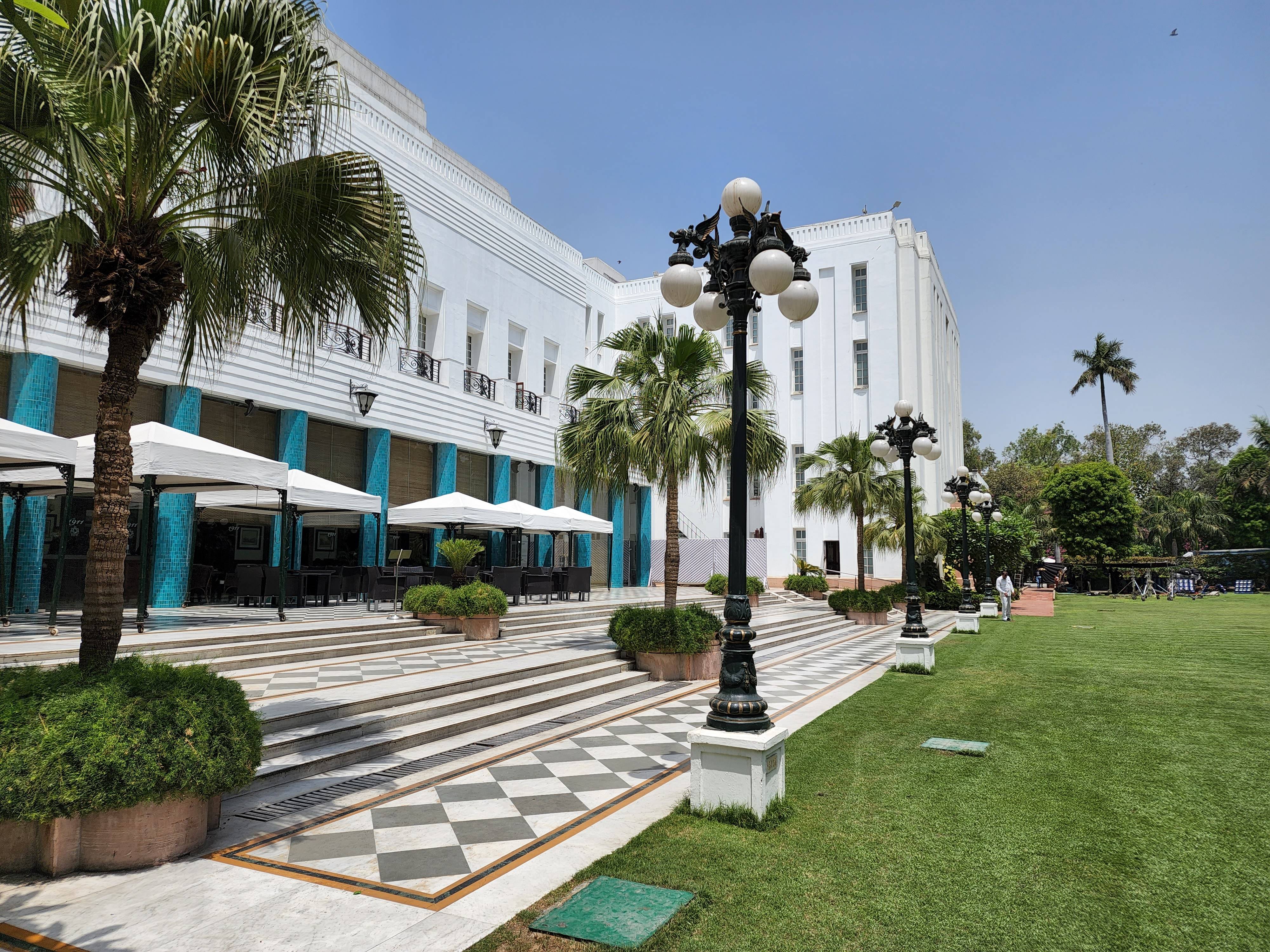
Here’s another example which substantiates my findings further – the palm tree towards the top-left hand side of the frame offers excellent details in the 12 Pro’s image. So much so, that I am genuinely in awe of the corner sharpness offered by the smartphone’s primary sensor. Furthermore, the ornamental lights appear more structured in the Xiaomi 12 Pro’s photo as well. That said, the Galaxy S22 Ultra’s image, while not as crisp, looks more natural. Rest assured, buyers looking to maximise the details in their photos will be better off with the Xiaomi 12 Pro. On the other hand, if you don’t pixel-peep and want to capture a scene as is, then the Galaxy S22 Ultra will be right up your alley.
Closeups
Samsung swiftly takes back the lead when snapping closeups of subjects. In fact, the Xiaomi 12 Pro struggled with exposing reddish hues properly and the device would often blotch or smear the shade. Case in point, the slider of the maroon flower attached below. Here, the snap from the Xiaomi 12 Pro appears a tad overexposed.


Furthermore, it’s hard to distinguish between the petals as they seemingly merge into one another. The Galaxy S22 Ultra’s image, on the other hand, offers better details and realistic colours. With that said, the bokeh effect whilst snapping macros was on par on both the handsets.
Selfies
Both, the Samsung Galaxy S22 Ultra as well as the Xiaomi 12 Pro come equipped with excellent selfie cameras. So much so, barring the colour temperature disparity, it’s hard to find any other difference in the selfies shot from the two phones.


For instance, the sample shots in the slider attached above appear equally sharp and are replete with details around the subject’s face and hair. Now, Xiaomi’s snap appears slightly overprocessed, however, not to the degree where it would warrant docking points from the phone. Moreover, I liked the colours from the 12 Pro’s selfie snapper a tad better. In fact, my shirt appears duller in the Galaxy S22 Ultra’s snap. Other than that, however, the photos are neck and neck so if you spend a lot of time staring into your phone’s front-facing camera, you can’t go wrong with either of the two phones.
Lowlight
The lowlight snaps from the two phones are at a level pegging too. With the night mode utility enabled, both the phones manage to bring out the details from the shadows rather admirably. Furthermore, the handsets keep instances of lens flaring in check too, and the snaps don’t exhibit any exposure-metering issues either.
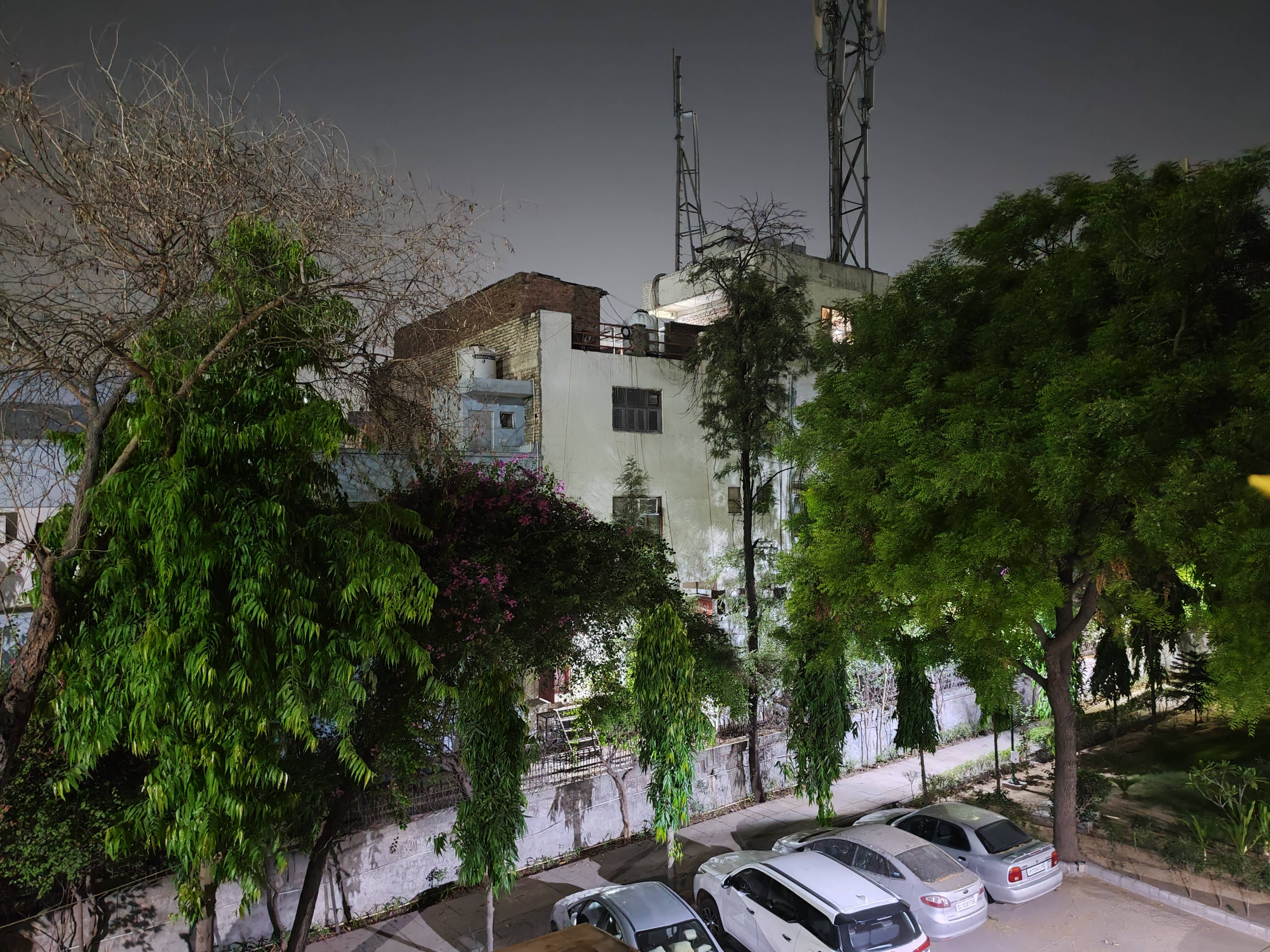
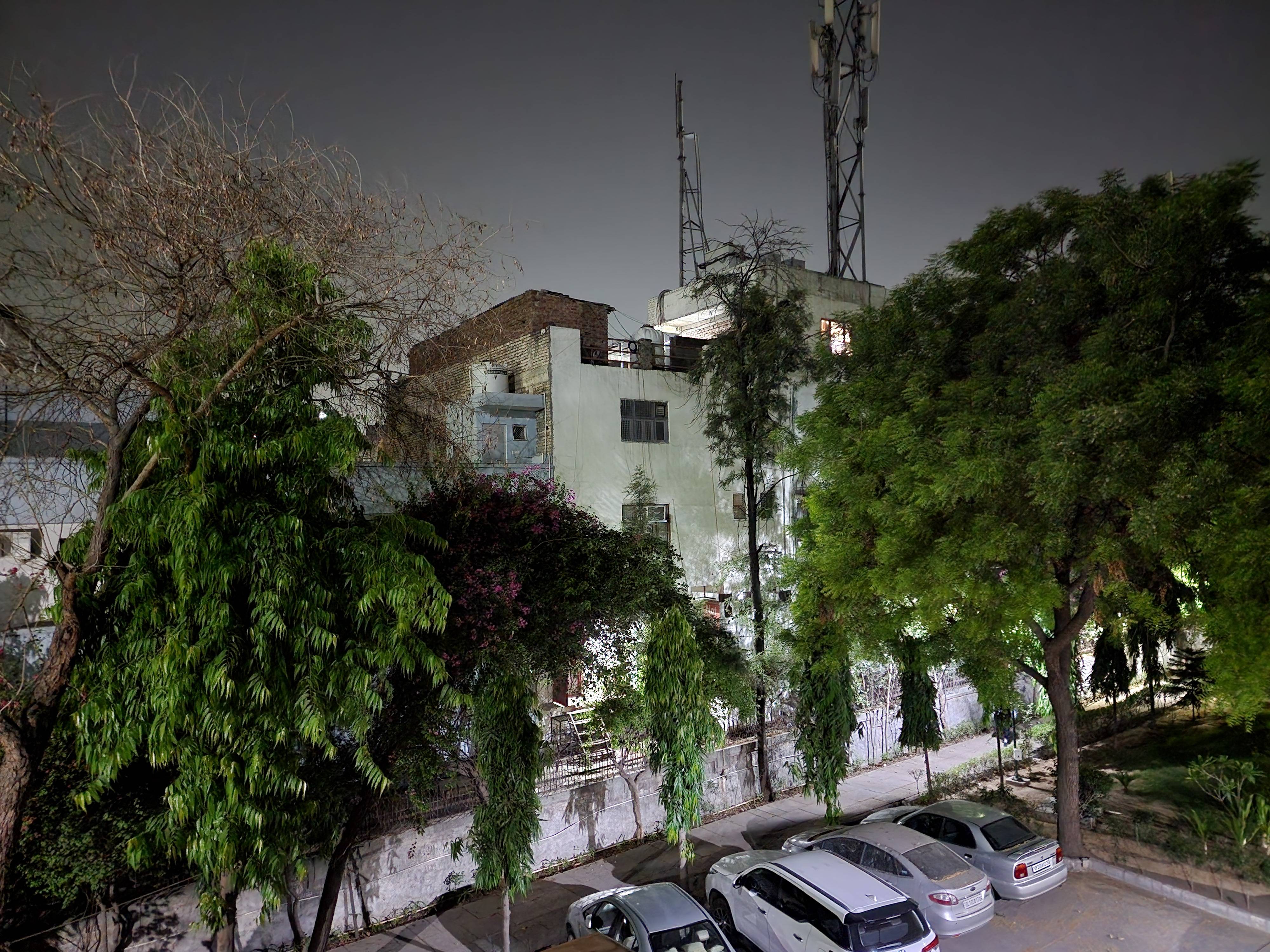
Now, I will admit, the Xiaomi 12 Pro’s photos offer slightly sharper textures at a closer crop, however, the difference will be lost on most users.
Zoom
No surprises here, the Samsung Galaxy S22 Ultra continues to be the zoom king and the handset’s telephoto sensors offer greater versatility and yield substantially sharper images. Do note that this isn’t an apples to apples comparison, primarily because the smartphones in question offer drastically different optical zoom capabilities. That said, the 2x telephoto shot from the Xiaomi 12 Pro pales in comparison to the Galaxy S22 Ultra’s 3x snap.
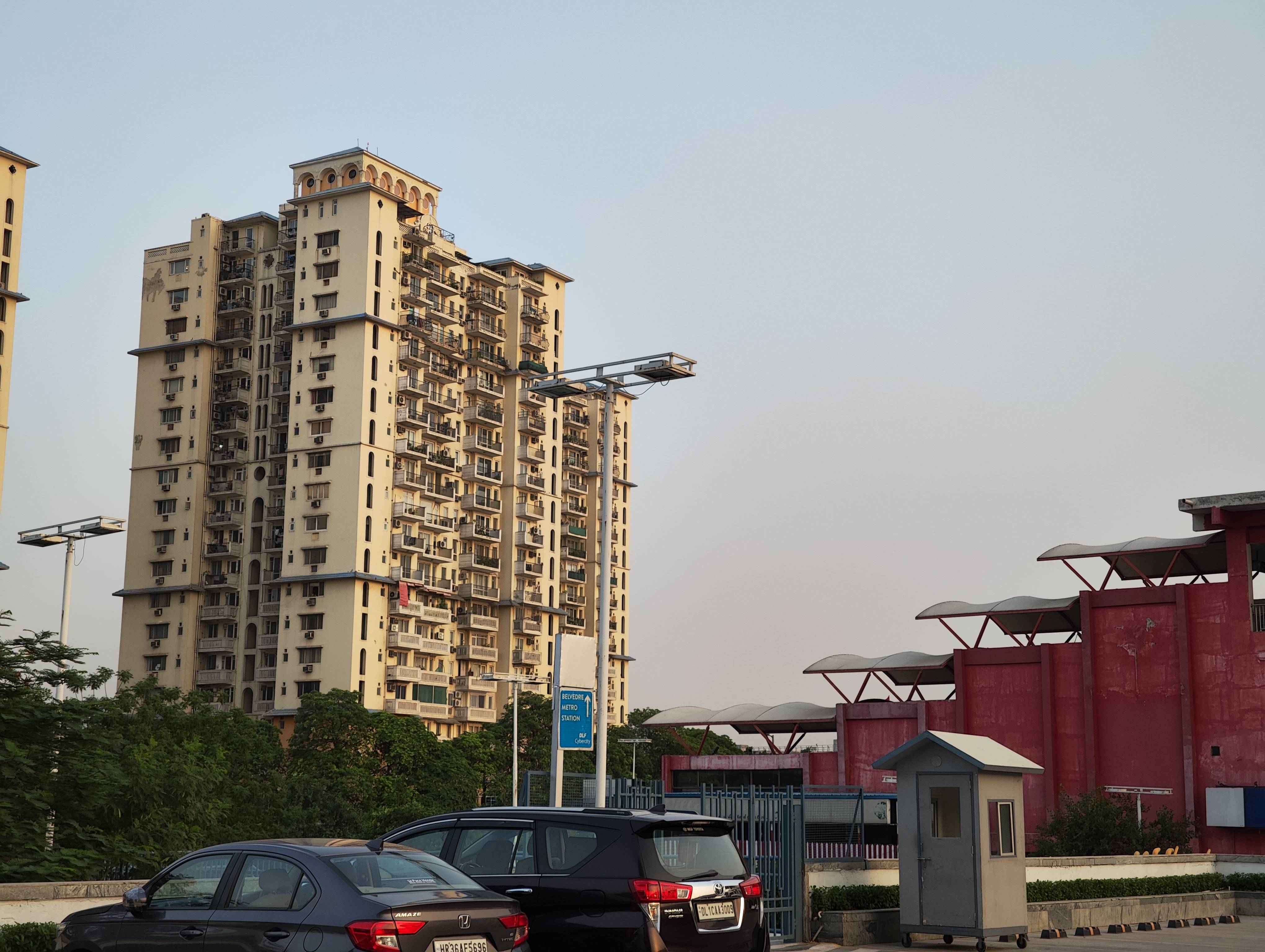
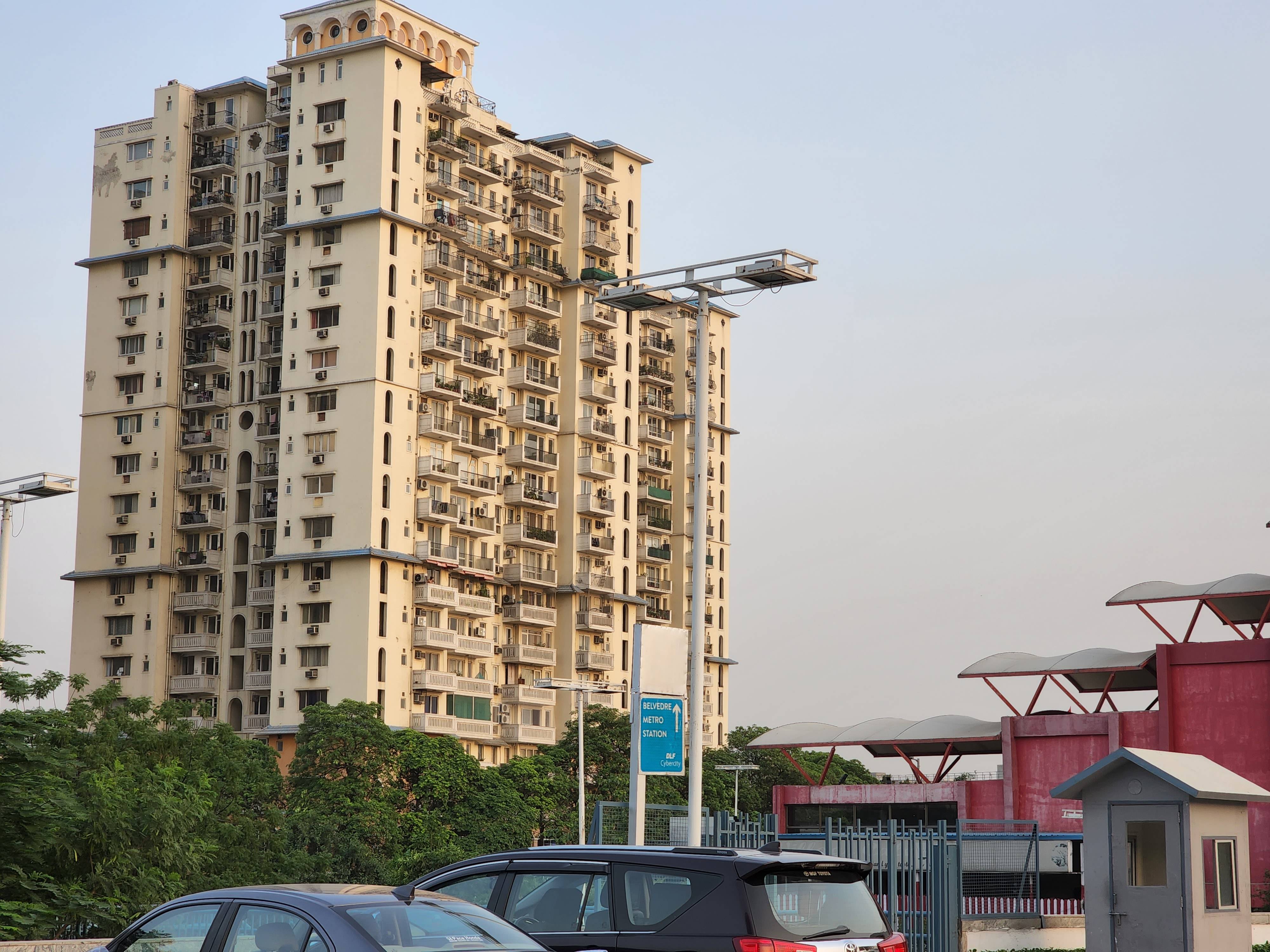
For one, the S22 Ultra allows users to edge closer to the subject. Furthermore, the smartphone’s photo is not only sharper, but it has lesser noise too.
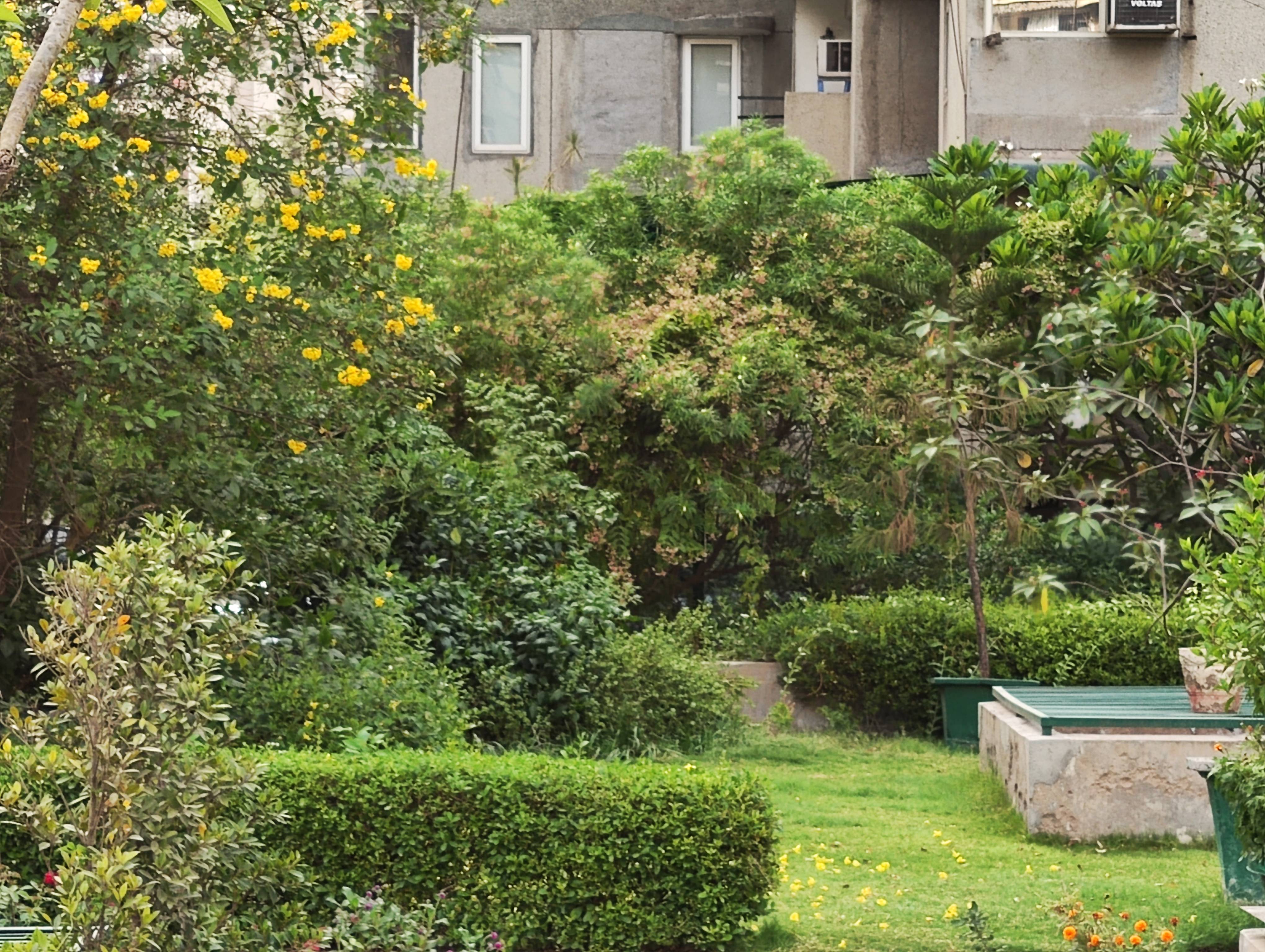
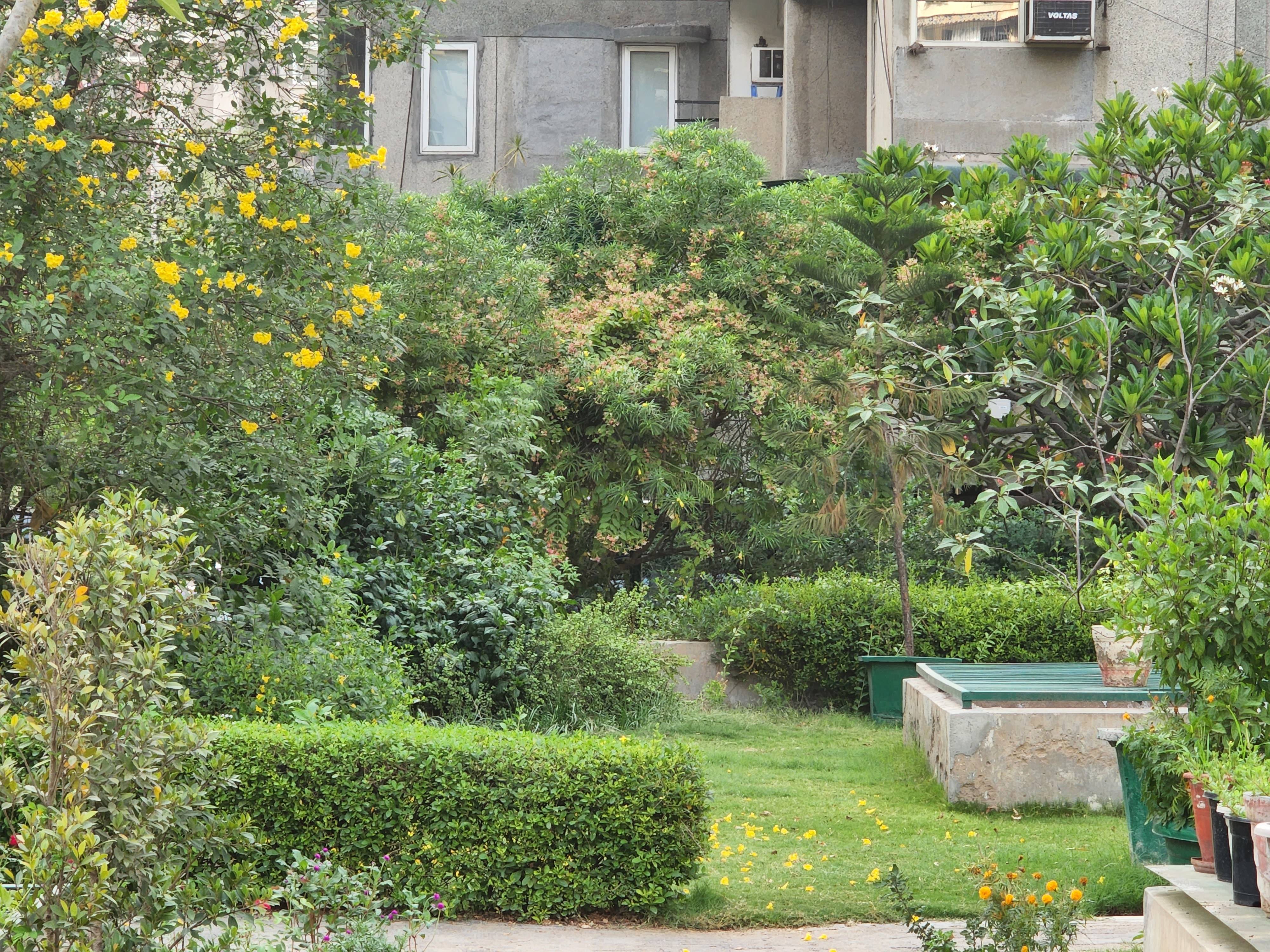
Making matters worse, you’ll find more and more faults with the Xiaomi 12 Pro’s photos as you move up the zoom ladder. The images snapped with the phones at 5x zoom, for instance, look more appealing through the S22 Ultra’s lenses too. I also noticed that, unlike Samsung’s offering, the Xiaomi 12 Pro’s zoomed images swayed in favour of warmer tones and the foliage appeared yellowish in the shots.
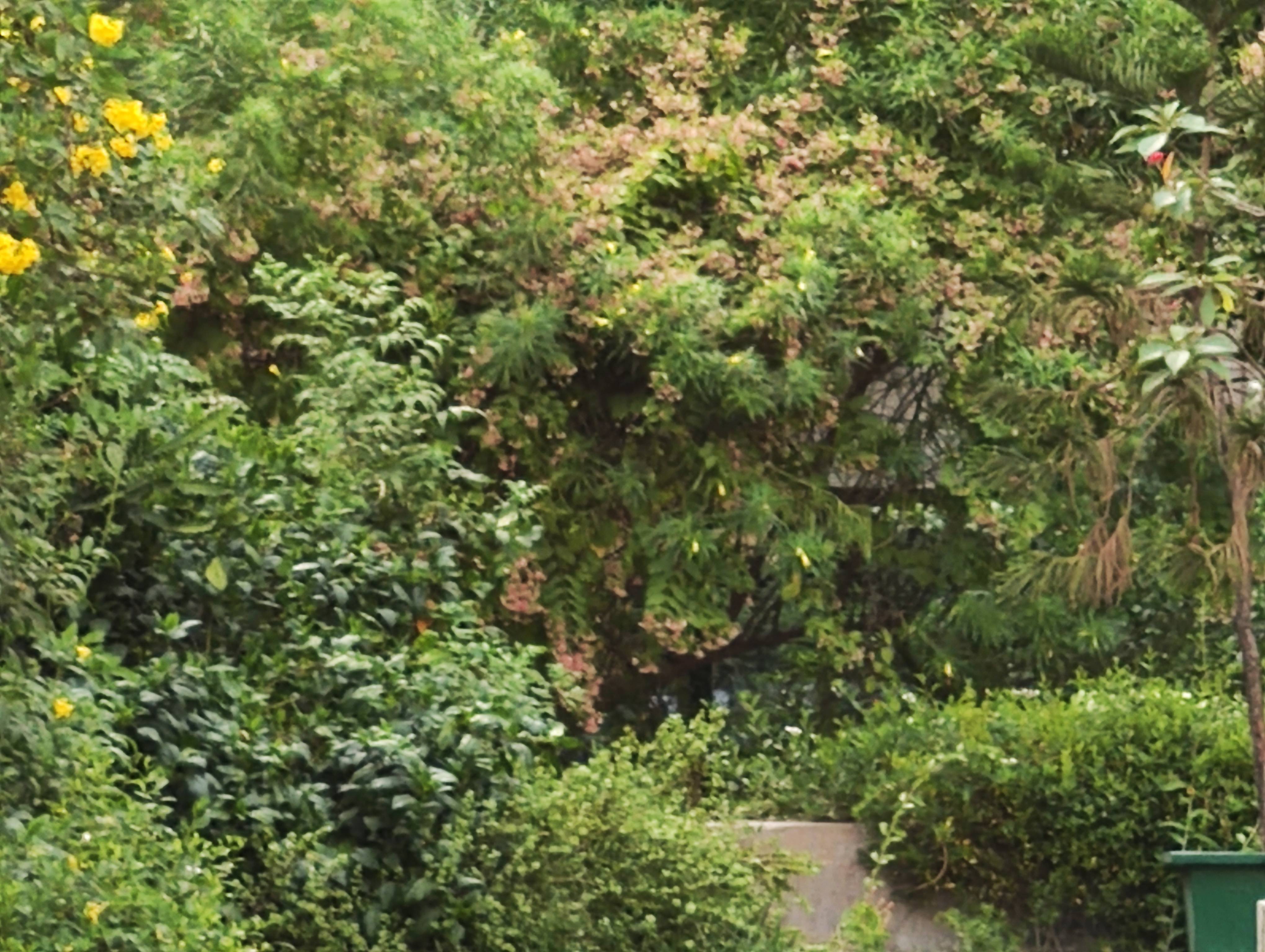
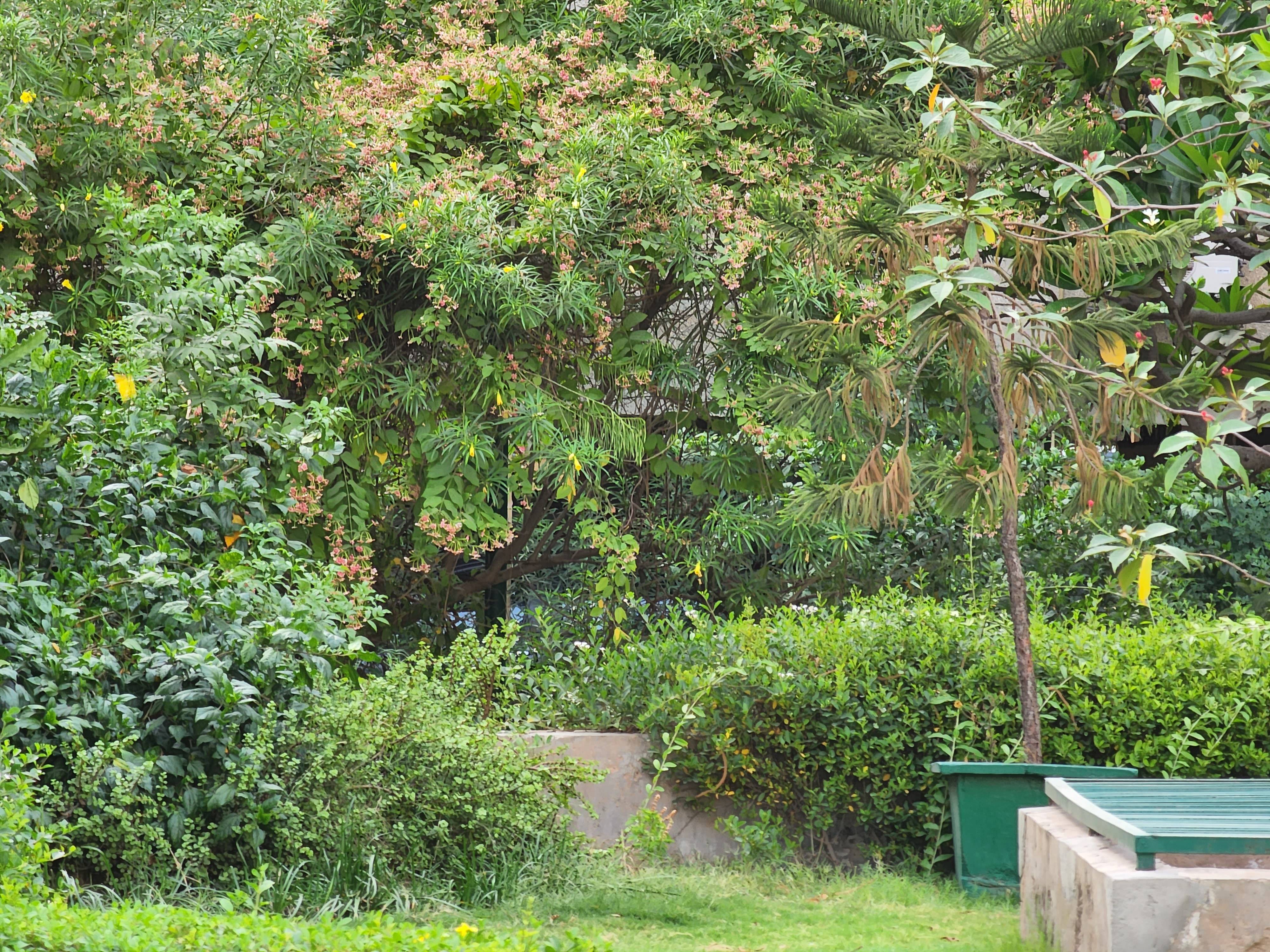
At 10x or beyond, the Xiaomi 12 Pro’s camera array had all but given up, with the snaps appearing rather hazy and offering lacklustre details. Rest assured, the Samsung Galaxy S22 Ultra is not to be trifled with in the zoom department.
Ultrawide
I’ll be the first to admit that I’m not the biggest fan of the Samsung JN1 ultrawide angle sensor. In fact, the unit has netted dissatisfying results across a slurry of handsets. Much to my dismay, the Xiaomi 12 Pro is no exception to the rule and images snapped with the ultrawide sensor at 50MP resolution exhibit muted colours.
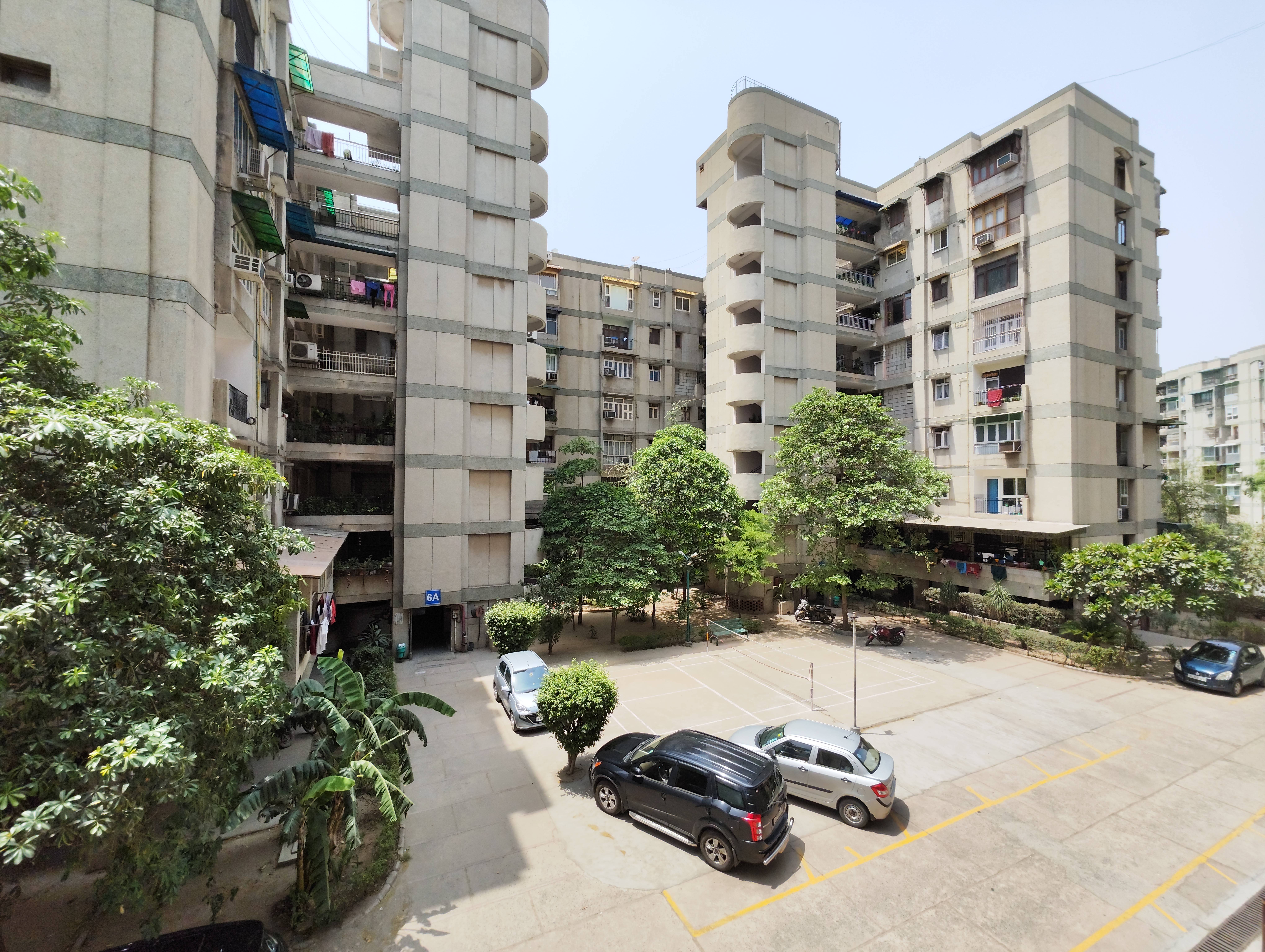
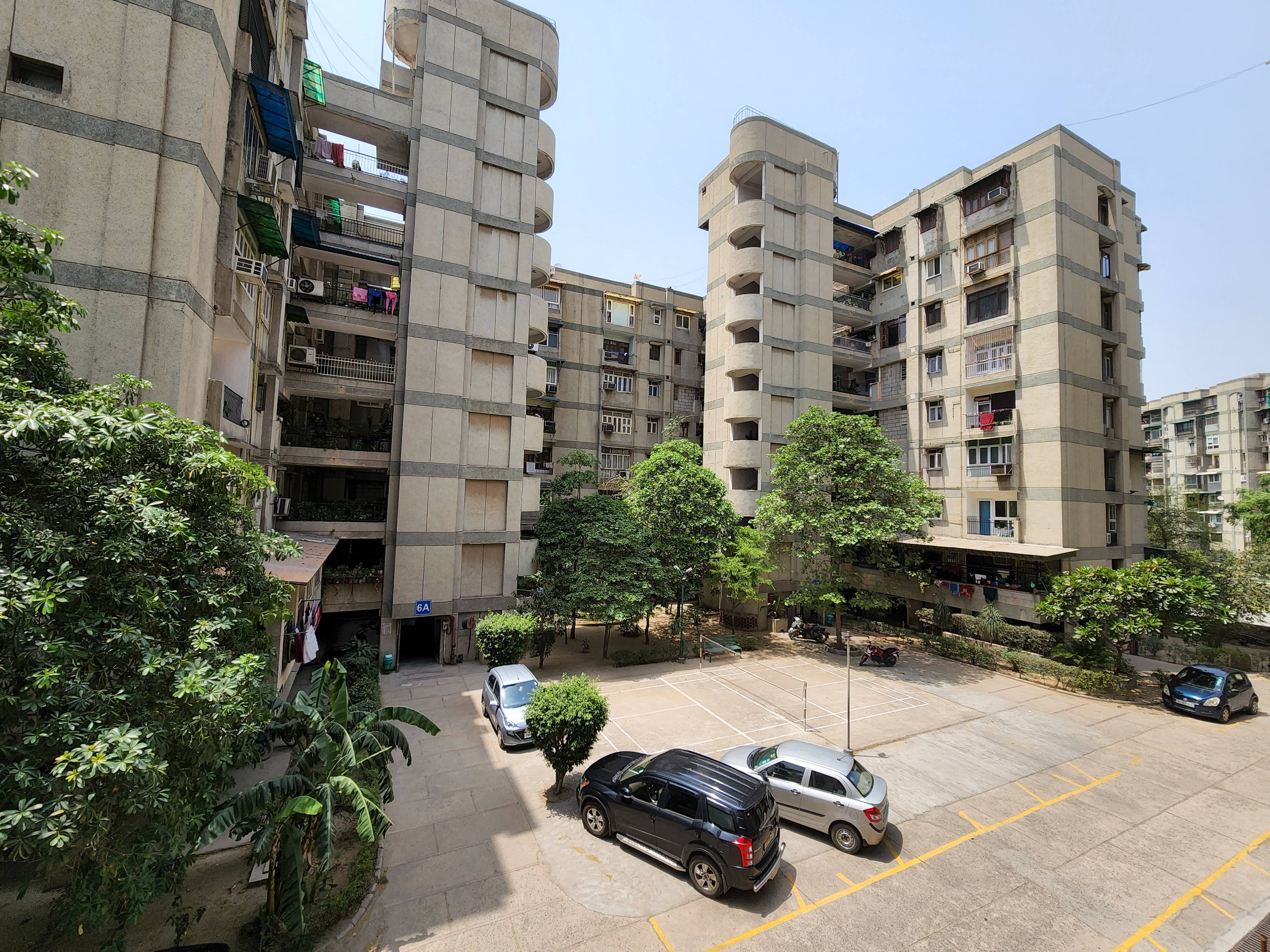
Furthermore, in extremely well-lit environments, I’ve noticed that the sensor struggles with exposing the frame properly too. And, despite packing in a ton of pixels, the images aren’t inherently sharper than what you’d achieve with the 12MP ultrawide sensor on the Samsung Galaxy S22 Ultra.
Xiaomi 12 Pro (left), Samsung Galaxy S22 Ultra (right)
As an example, if you look at the slider attached above then here, the Xiaomi 12 Pro’s snap has drained the colours from the sky. The buildings in my apartment complex appear whitened too and at a 100 percent crop, the sensor offers lesser corner sharpness than the Galaxy S22 Ultra’s snap. Case in point, the blue car positioned towards the right-hand side of the frame, which appears more structured in the Galaxy S22 Ultra’s photo.
Videos
Buyers with a penchant for videography will find plenty to like about the two phones as well. For one, both the handsets can shoot videos in up to 8K resolution, which is great. Furthermore, the phones can record buttery-smooth clips at 1080p60fps too. I should add that the Xiaomi 12 Pro’s colour science isn’t quite as good as what you’d get with the Galaxy S22 Ultra.
For instance, in the sample footage attached above, you’ll notice that the trees appear greener, and the sensor struggles to expose certain elements properly. The cat’s fur, for instance, appears muted in the final few seconds of the clip. Correspondingly, I’d suggest you opt for the Galaxy S22 Ultra if you’re serious about videography.
Verdict
The Xiaomi 12 Pro came out swinging in the comparison and the device did steal the thunder from Samsung’s offering in a couple of scenarios. For instance, the handset’s primary sensor snaps images with greater details in both, daylight and lowlight situations. Correspondingly, if you rarely use a phone’s auxiliary sensors and want to save a couple of thousand bucks, the Xiaomi 12 Pro will not disappoint you. 